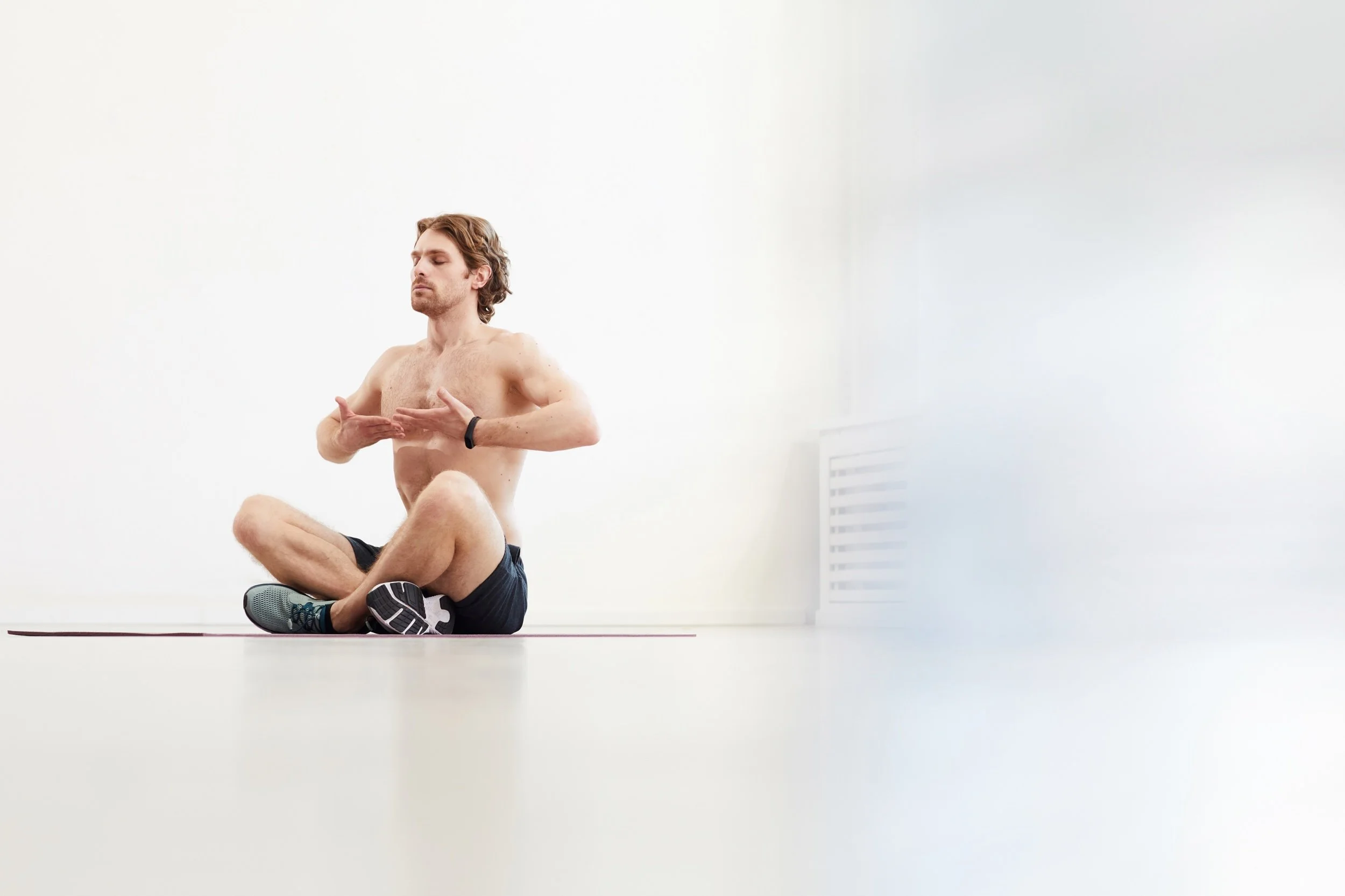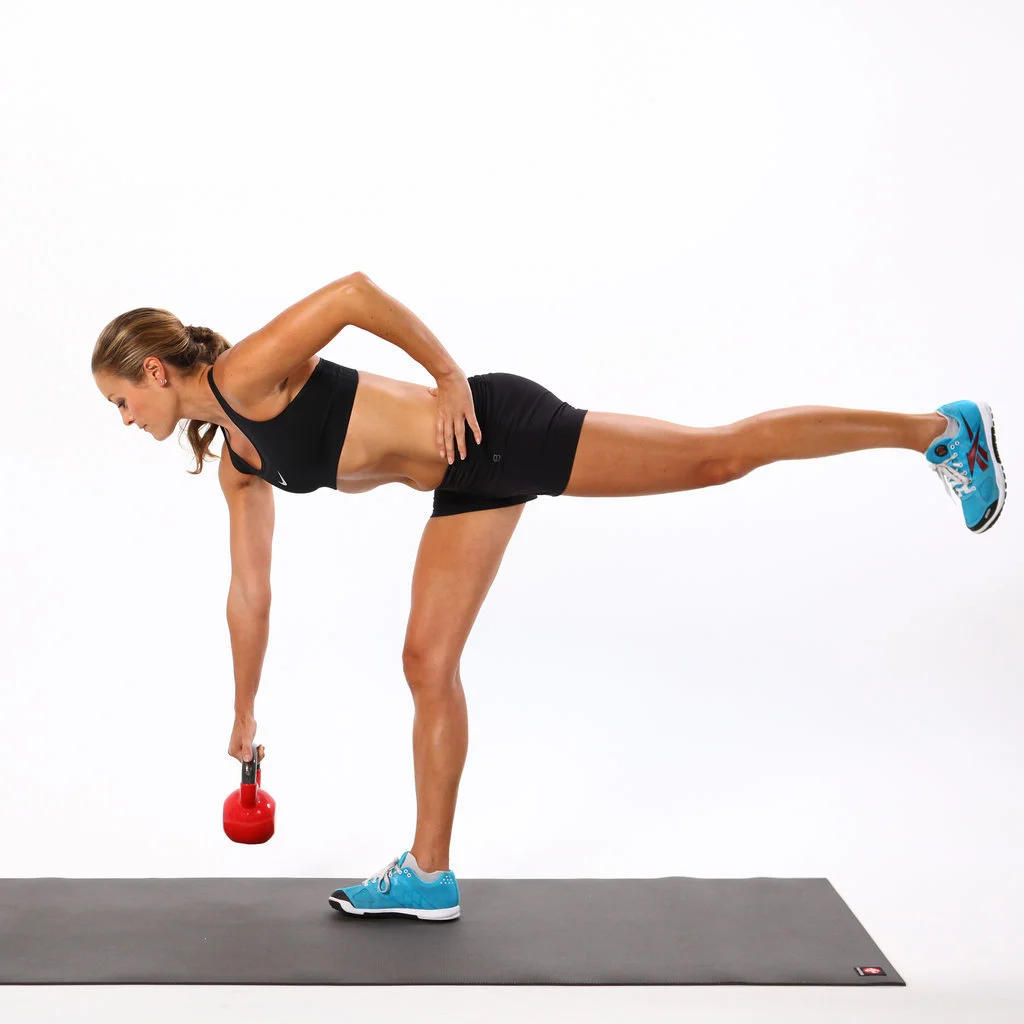“This virus is not SARS, it’s not MERS, and it’s not influenza,” WHO Director-General Tedros Adhanom Ghebreyesus said at a briefing on Tuesday, March 3, referencing other coronaviruses that have caused smaller outbreaks. “It is a unique virus with unique characteristics.”
Doctor’s Orders
Athletes love and swear by their Sports Supplements. No wonder they’ve become such a big money maker. “We all know the nutrition industry is competitive”, says TDF Sports co-founder and Chief Marketing Officer, TJ Galiardi, an NHL forward. “It generates $150 billion annually for a reason”.
The two most important things to know about the Sports Supplement industry is that not all products are created equal, and not all brands are ethical. Like coffee, and beauty products, Nutritional Supplements are paving a similar path to earn your respect and secure your loyalty.
The Senior Leader and the Athlete
Executives and elite athletes share much in common.
The Generalities: They both must perform at a consistent high level in persistently and routinely stressful environments, often standing close to the ledge of their capabilities; Mistakes are measured in fractions and judged harshly, and; Posture is key.
There is, however, one unfortunate and unnecessary difference: Athletes spend, by far, more time practicing to improve their craft than they do competing, and they clearly understand the value of rest and nutrition for recovery. Conversely, business leaders reside in a competitive environment where stress is often a benchmark for success, fatigue is common, and nutrition is often an afterthought.
Why it Matters: In a nutshell, there’s much that a business leader can learn from competitive athletes:
- A rested body and mind allows you to return to your work refreshed, bringing clarity. It is now common for sports teams and athletes to employ Sleep Coaches to better combat travel schedules and aide in recovery.
- Physical fitness is used as a tool to make tasks easier.
- Mindset control is essential to better manage groups of people, and unpredictable audiences or environments.
- Small margins can impact and determine success or failure.
- You are judged by your posture. Slumped shoulders implies weakness, poor self esteem and surrender. Athletes and business leaders who move well, with ease and purpose are a joy to follow. There is no skill that is not enhanced by better movement.
- Pattern recognition and recall allow athletes to quickly and repeatedly extract and sort information that is often coming at them at a rapid, if not unpredictable rate. The development of this skill enables high performers to anticipate and predict possible outcomes. Thereby making them better decision makers.
Movement makes us smarter and enhances creativity. Athletes have learned that practicing movement helps them to solve problems faster and improve concentration. Modern movement science has shifted us away from high-volume training and towards higher-intensity training, instead. “How much and for how long” has been replaced by more focused, deliberate work in shorter bursts with greater allowance for rest and recovery.
Business leaders faced with the constant demands of constant work schedules, travel, self-imposed cortisol hormonal injections caused by constant stress causing damage to cells and disrupting our ability to metabolize sugars and fats can in a similar way benefit from these techniques employed by athletes.
Summary: I’ve condensed decades of work with senior leaders, athletes and their teams to these simple lessons, tailoring them to the individual. While there are obvious differences between athletes and business leaders, the similarities are too myriad to ignore. There is no question that executive teams and their boards can increase the performance and success of their teams by learning to doing the same. You can increase your rate of success by training the athlete in you!
Exercise Versus Training: An Important Distinction
The problem with the English language is that we have many words that can be conflated to imply the same thing, yet are quite different by definition. Add EXERCISING and TRAINING to that. You can go to the driving range to hit balls or you can go to practice your swing. There is only one small but significant difference: INTENT. And, that is the difference between TRAINING and EXERCISE. It is important to understand these differences and what benefits we can expect from both.
THE HISTORY OF HUMAN FITNESS (PART 1 of 3)
“A pattern that had been familiar throughout history is that after a war is fought and won, the tendency is for society to relax, enjoy life, and exercise less. … It appears that as societies become too enamored with wealth, prosperity and self-entertainment, fitness levels drop. In addition, as technology has advanced with man, the levels of physical fitness have decreased.” –Lance C. Dalleck and Len Kravitz
WHAT YOU TRAIN, IS NOT WHAT YOU GET
It takes your Central Nervous System lesser time to complete any task than it will take for me to explain it. But bare with me. This is fundamental to why you may not be getting the results you want from training.
A MOVEMENT FOR MOVEMENT: WHAT'S REPS GOT TO DO WITH IT?
Some of us enjoy breaking the rules or taking the shortcut, no matter how great the risk, regardless of the potential punishment, especially when for short term gains or self-gratification. After all, from an early age, we've learned that we can get away with it, without repercussions. My warning is this: Mother Nature has been at this for far longer than any of us, and she is a master serial killer, with no remorse for us and our ways. She will pursue balance, at all cost. This knowledge has caused me to begin looking at the teaching of movement and exercise from a different, more global perspective. My discovery is: Much of the pain, discomfort, illnesses and disease facing man, is of our own doing.
MOVE IT OR LOSE IT
We are born natural movers, and that is what we are intended to still be. However now, researchers are confused why some of us are not responding to exercise, no matter how hard we try.
"Is your workout getting you nowhere?", is the opening question posed by Ms. Gretchen Reynolds in her Globe & Mail newspaper article published, January 13th, 2017. For far too many, this acknowledgement is a bitter, if not overwhelming pill to swallow. They are discouraged.
JUST MOVE IT,
For more than 25 years, I've watched, often horrified as the most tragic accidents play themselves out. Hardworking people unwittingly propel themselves into catastrophic physical events disguised as fitness.
Movement is more than a new buzzword, hashtag or a catchphrase. It is a matter of life or death. And while that may seem like hyperbole, the evidence is clear.
BALANCE FITNESS WORKOUT COMPANION
Everyone suits up for their day differently.
For some, packing their headphones along with the required Lululemon gear and heart rate monitor is a normal part of a training preparation routine. For me, leaving home with my favourite BEATS in-ear or over-the-ear headset is a deliberate part of my “hear-no-evil”, get into my zone experience. And the day begins.
WANTING TO BE SOMETHING
I woke this morning with a Facebook notification on my phone that I had been tagged in a post by Richard Dixon, a longtime friend. With friends like Richard, you won't need family.
I was humbled and honoured by his comments. "I was listening to this podcast and at the beginning of the conversation, I could not help but think of my friend Devon McGregor", he wrote. "Not about the weight lifting, not about personal training, but about MAKING IT HAPPEN."
A RESPONSE to KNEE INJURY PREVENTION STUDY
"Some training methods are better than others at preventing knee ligament injuries in young women", wrote Ms. Madeline Kennedy on behalf of Reuters News Agency, quoting advice given by researchers.
Ms. Kennedy's column focussed mostly on recently completed research by Dai Sugimoto of The Micheli Centre for Sports Injury Prevention in Massachusetts. Mr. Sugimoto's conclusions were that: “We know neuromuscular training can reduce ACL injury in female athletes, but we were not sure what exercises are the best to attain the maximal prophylactic effects”. Really?
It's About Confidence, Not Race.
I was brought to this country, which I now call home, on Feb. 25, 1977. It was a miserable winter. I must have cried for a week. Frostbite on the first day of school didn't help, but I was curious about my new surroundings.
7 PATTERNS of HUMAN MOVEMENT WORKSHOP SERIES
#WhereFitnessMeetsWellness
SIX WEEKS, AND LEFT WANTING MORE
The participants entered with open minds and left knowing that there was far more to learn.
From December 1st through to December 6th, 2014, sixteen curious individuals walked into our studio anxious to participate in the Foundation Training Intensive Workshop that I would be conducting.


















